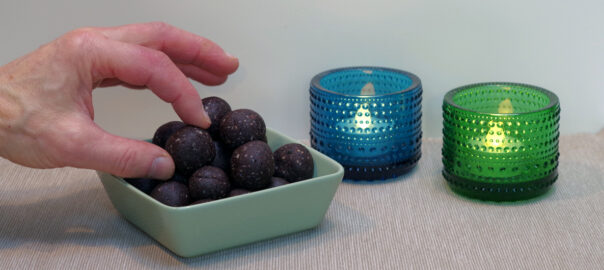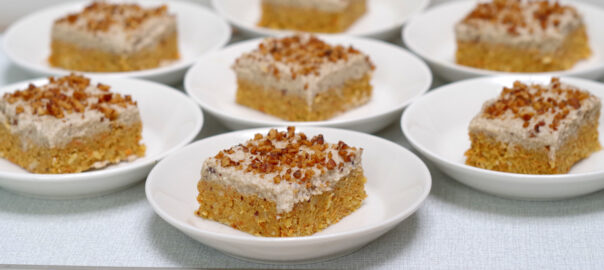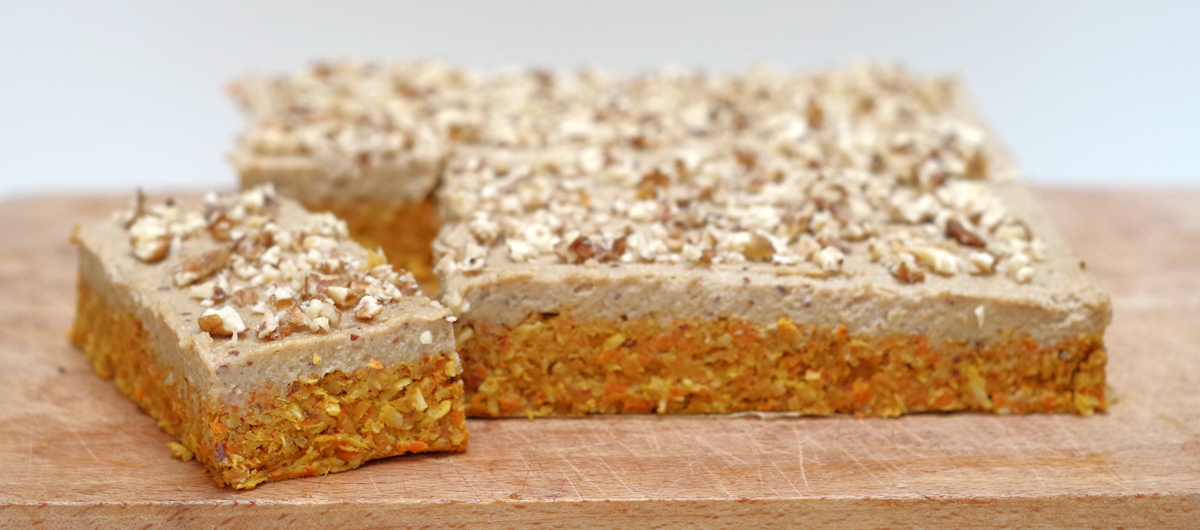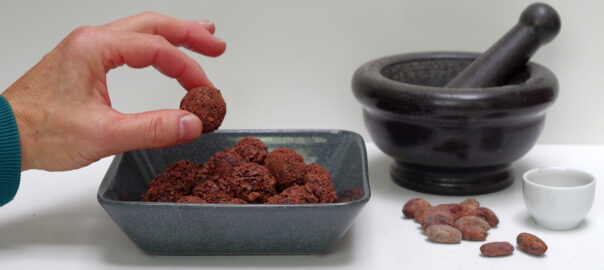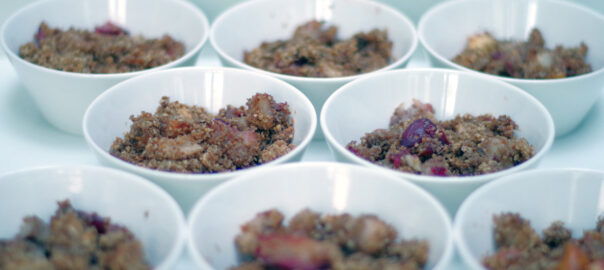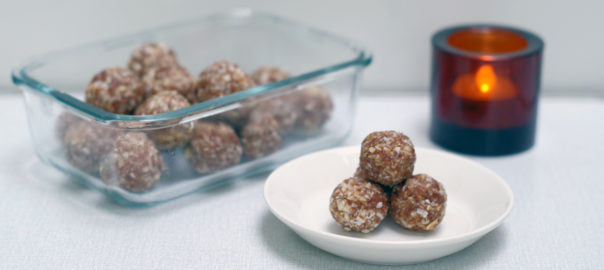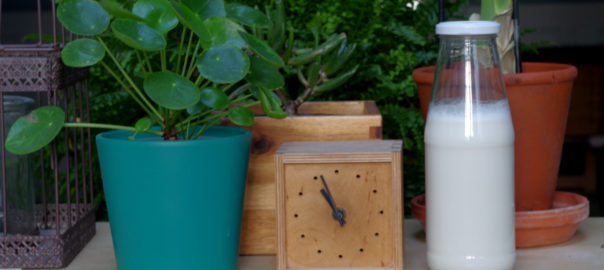Yoga Kitchen – Simple, healthy, and plant-based
Nuts and seeds as part of a healthy diet
These little balls are reminiscent of the New Moon. That is the time, when the moon, at the beginning of a new cycle, is completely dark and unshone by the sun. You can easily render the surface of the balls resulting from this recipe all round and smooth.
In fact, this recipe relies on a classic combination from healthy plant-based cooking. Nuts are combined with dried fruits and one or more flavourings or spices. You could build on this recipe by using, instead of the almonds and dates featured in this recipe, other nuts and dried fruits that you have available at the time. This way, you learn to be free and creative with your food, regardless of the rigidity of sticking to recipes.
In any case, this combination is very successful.
What ingredients do you need?
This is incredibly simple. Just three things, in the following proportions:
- 75 g peeled (white) almonds
- 40 g unsweetened cocoa powder
- 200 g pitted medjoul or mazafati dates (about 18 pieces)
This is how to make these healthy and energy-rich snacks:
- Cut the pitted dates into small pieces
- Add the almonds and cocoa in a food processor with an S-shaped blade and grind them finely
- Add the date pieces and grind further until a chocolate-coloured dough forms
- First put the mixture in the fridge for a few hours
- Then remove it from the fridge, cut the dough with a sharp knife first into four large, equal pieces
- Cut each piece into 4 to 5 smaller, equal pieces
- Roll these pieces between your clean fingertips into perfectly smooth, round black balls
Done!
How “healthy” are these almond balls?
There is no refined or added sugar in these balls. Definitely a plus. It is the sugar naturally found in the dates and the cocoa that make these balls so tantalisingly delicious.
Both almonds and dates are rich in fibre, which aids healthy digestion. Almonds contain fats and vegetable proteins. The fats from the ingredients of this recipe contain very little saturated fats. However, the fats and especially the (natural) sugars in these snacks combined do make them very high in energy, so it is best to consume them in moderation.
It all depends on your physical activity. If you are a regular (endurance) athlete, these little balls will be a great fuel for your higher energy consumption.
What nuts are also healthy alternatives to this recipe?
It is a good idea to also add a regular portion to your daily meals from the following nuts and seeds:
- Brazil nuts
- Cashew nuts
- Chia seeds
- Hazelnuts
- Hemp seeds
- Macadamia nuts
- Pecans
- Pine nuts
- Pistachios
- Pumpkin seeds
- Sesame seeds
- Sunflower seeds
- Walnuts
And to that list you can also add peanuts, although botanically speaking, these are not nuts, but legumes. These pistachios are sometimes wrongly considered as less healthy, but there is no scientific evidence for this, quite the contrary.
Eat your nuts preferably unsalted. Many salted nuts like salted peanuts and almonds, contain far too much table salt, just like potato crisps.
How big is a healthy portion of nuts?
Thirty grams of nuts, or two tablespoons of nut butter per day is a good indication of what constitutes a balanced nut consumption for an adult. By the way, nut spreads are a good base to use in sauces and soups and make them creamy.
Does eating nuts make me gain weight?
Without going into detail here, scientific research shows that it does not. Unlike animal fats such as butter and lard or vegetable edible oil, nuts do not seem to lead to significant weight gain. You can consult the scientific sources for this in the chapter “Nuts and Seeds” in the book: “How not to Die” by American physician Dr Michael Greger. That book is an eye-opener regarding the benefits of plant-based eating.
New Moon balls, per 100g product
| Energy | Carboh. | Sugars | Fat | Sat. Fat | Protein | Fibre | Salt |
|---|---|---|---|---|---|---|---|
| 1445 kJ/345 kcal | 59,4 g | 43,5 g | 14,4 g | 2,0 g | 8,7 g | 11,3 | 0,05 g |
Participate in our cooking classes:
Read more about plant-based nutrition and health:
Read more about plant-based food
Find out about yoga and yoga classes in Schaerbeek:
Check out our yoga classes here:

